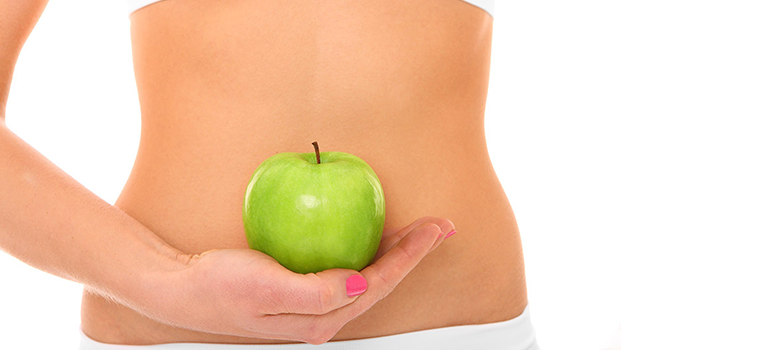The low-profile, pear-shaped organ performs a critical function in the human metabolic system it collects and stores bile to aid in the digestion of fatty foods. Interestingly, most people do not pay attention to or even realize they have gall bladder problems till the symptoms begin to surface. The gallstones, depending on their size and quantity, can make their presence felt through the common symptoms as stomach pain, feelings of nausea and bloating, or vomiting. When symptoms become that apparent, it is time to remove the gall bladder! However, if your gall bladder problems are less severe and hardly perceptible, watching your daily diet and body weight can immensely help in aggravating the problems.
NIDDK statistics claim that about 20 million Americans suffer from gallstones. While gallstones are most common in females and in adults aged 40 and older, the problem also affects other groups. The factors that significantly increase the chances of gallstones are fat deposits around your waist, quick weight-loss programs, and high-fat-low-fiber diets.
Obesity and abrupt weight loss: Both are risk factors for gallstones
Among many risk factors attributed to gall bladder stones like heredity, gender, or body weight, the most important risk factors are dietary habits and excessive weight gain or quick weight loss. Diets high in fat and cholesterol seem to play a major role in triggering gallbladder problems including gallstones.
While obesity is certainly a high-risk factor for developing gallstones, a quick weight-loss program can also cause disruption in cholesterol-bile salt balance, leading to stone formation in the gall bladder. Read this article about how both Obesity and Weight Reduction are Risks for Gall Bladder Stones.
Common symptoms of gallstones
If you suspect you may have gallstones, then look for these tell-tale signs:
- Severe pain in the upper-right side of the abdomen right after meals that last for at least 30 minutes or more
- Pain in the right shoulder blade area or under the right shoulder
- Severe indigestion after consuming high-fat and high-cholesterol food items
Also, Read about one of the commonest symptoms of gallbladder problems in this article: Severe Pain in the Belly Right after Meals? If symptoms become perceptibly high, it is time to remove your gall bladder.
Proper diet for preventing gallstones
For maintaining good health and optimum body weight, it is wise to take food that is “low in fat and cholesterol, moderate in calories, and high in fiber.” A balanced diet not only keeps the metabolic system functioning properly, but also helps to prevent gall bladder problems.
Gallstone Prevention Diet, apart from providing valuable gallstone prevention tips, also makes excellent dietary recommendations. The general dietary recommendations for preventing gall bladder problems are:
- Whole grains like rice, wheat, cereals, and oats
- Lots of fruits and vegetables
- Low fat milk and dairy products
- Lean poultry or fish
These are the food items to avoid for preventing gallstones:
- Fried foods
- Fatty dairy products like whole milk cheese, ice cream or butter
- Processed food items like desserts and pies
- High-fat poultry or read meat




